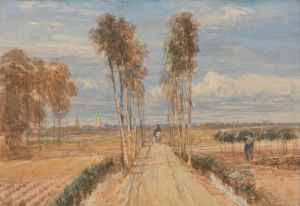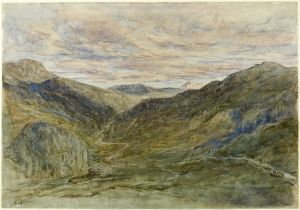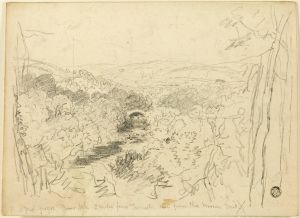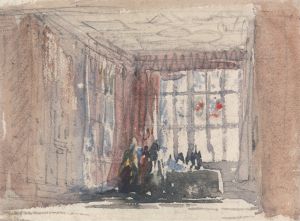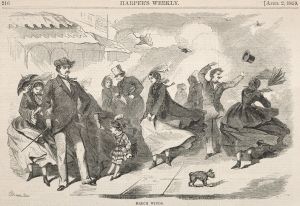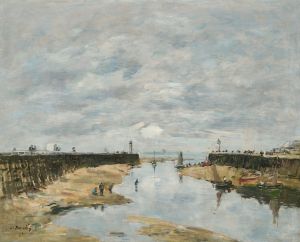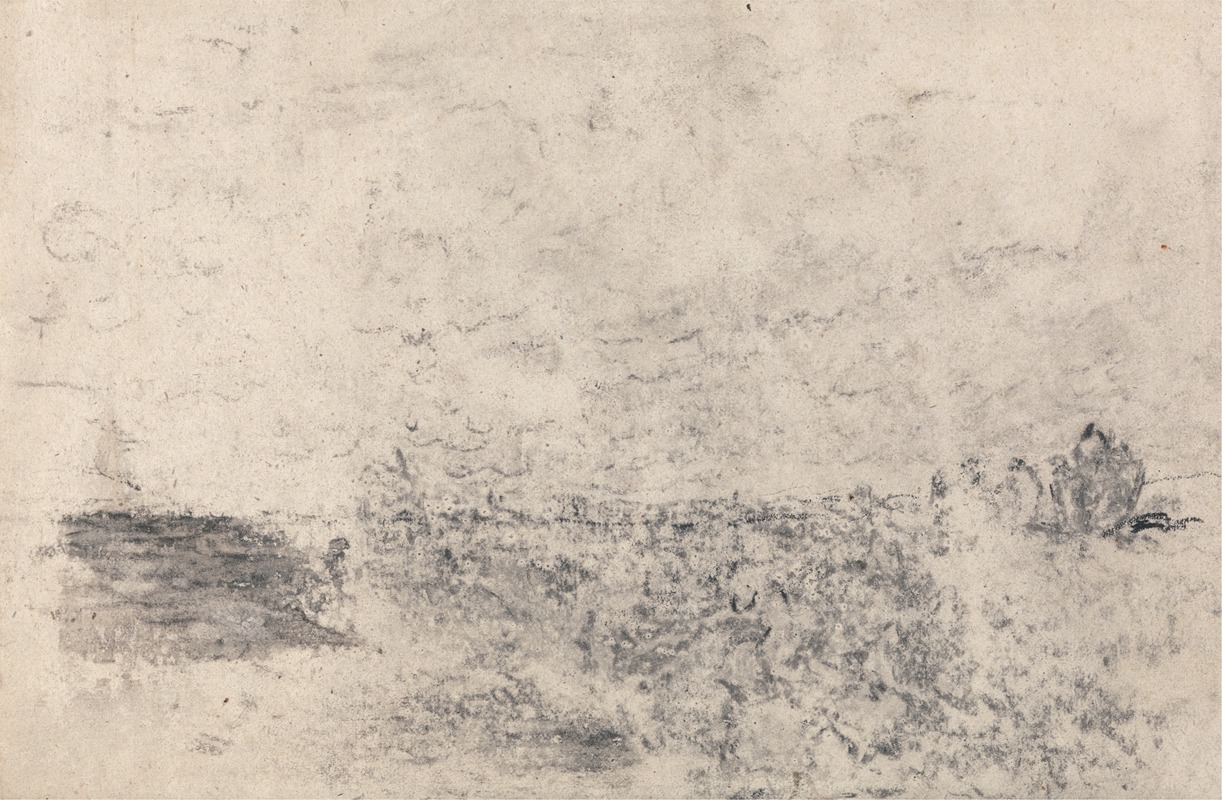
The Wind on the Heath
A hand-painted replica of David Cox’s masterpiece The Wind on the Heath, meticulously crafted by professional artists to capture the true essence of the original. Each piece is created with museum-quality canvas and rare mineral pigments, carefully painted by experienced artists with delicate brushstrokes and rich, layered colors to perfectly recreate the texture of the original artwork. Unlike machine-printed reproductions, this hand-painted version brings the painting to life, infused with the artist’s emotions and skill in every stroke. Whether for personal collection or home decoration, it instantly elevates the artistic atmosphere of any space.
David Cox was a prominent English landscape painter of the 19th century, known for his contributions to the development of English watercolor painting. One of his notable works is "The Wind on the Heath," which exemplifies his mastery in capturing the essence of the English countryside.
David Cox was born in 1783 in Birmingham, England, and he became one of the leading figures in the Birmingham School of landscape artists. His career spanned several decades, during which he produced a vast number of works that showcased his skill in both watercolor and oil painting. Cox's work is characterized by its loose brushwork and the ability to convey the mood and atmosphere of the landscape.
"The Wind on the Heath" is a painting that reflects Cox's deep appreciation for nature and his ability to depict the dynamic and ever-changing English weather. The painting captures a scene on a heath, a type of open, uncultivated land typical of certain areas in England. Heaths are known for their wild beauty and are often associated with a sense of freedom and natural simplicity.
In "The Wind on the Heath," Cox uses his signature style to portray the movement of the wind across the landscape. The brushstrokes are fluid and expressive, suggesting the rustling of grasses and the bending of trees under the force of the wind. The sky, a crucial element in Cox's landscapes, is depicted with a sense of drama, using a palette that conveys the shifting light and shadow typical of a windy day.
Cox's ability to capture the transient effects of weather and light was highly regarded by his contemporaries and continues to be appreciated by art enthusiasts today. His work influenced later generations of landscape painters, contributing to the evolution of the genre in England.
"The Wind on the Heath" is a testament to Cox's skill in watercolor, a medium in which he excelled. Watercolor allowed him to achieve a level of spontaneity and freshness that was well-suited to his approach to capturing the natural world. His technique involved the use of broad washes and a limited color palette, which helped to create a harmonious and unified composition.
Throughout his career, David Cox remained committed to painting en plein air, or outdoors, which was somewhat unconventional at the time. This practice enabled him to observe and record the effects of light and atmosphere directly from nature, lending authenticity and immediacy to his work.
Today, David Cox is remembered as one of the pioneers of English landscape painting, and "The Wind on the Heath" remains an important example of his contribution to the art form. His paintings are held in various public and private collections, where they continue to be studied and admired for their technical proficiency and their evocative portrayal of the English landscape.








